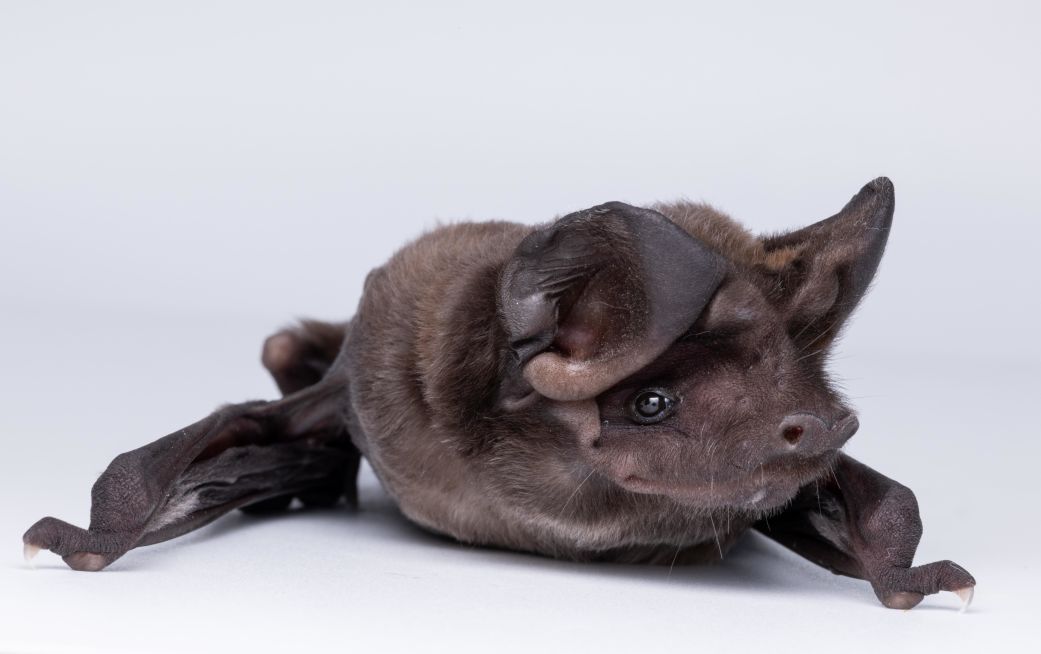Bats are facing a significant decline in populations worldwide, primarily due to human activities and negative perceptions ingrained in folklore. Rodrigo Medellín, a senior professor of ecology at the University of Mexico, is determined to combat these misconceptions and work towards their conservation. His lifelong commitment began at the age of 13 when he realized his passion for studying and protecting these misunderstood creatures.
Medellín’s journey has led him to establish the Latin American Network for Bat Conservation and Global South Bats, a network of bat scientists dedicated to research and advocacy. He emphasizes the importance of bats, which represent over 1,400 species, accounting for around one-fifth of all known mammal species. Unique among mammals, bats are the only ones capable of powered flight, enabling them to traverse various ecosystems and contribute significantly to their health.
Understanding the Ecological Importance of Bats
Bats play crucial roles in maintaining ecological balance. They provide vital services such as pest control, pollination, and seed dispersal. For example, a single species along Mexico’s northern borders boasts a population of up to 30 million individuals that consume approximately 300 tons of insects each night. This natural pest control helps safeguard crops and reduce the need for harmful pesticides.
Additionally, fruit-eating bats are essential for forest regeneration. They help spread seeds over vast distances, facilitating the growth of new plants and enhancing biodiversity. Medellín highlights that without bats, ecosystems could face profound disruptions: “Imagine what happens if we lose bats overnight. Without them, crops would be ravaged by hungry insects, and mosquito populations would surge, drastically changing our way of life.”
Despite their ecological significance, bats are often depicted negatively in Western folklore, associated with vampires and darkness. This has led to widespread fear and misunderstanding. In contrast, cultures in the East view bats more favorably, seeing them as symbols of luck and happiness. The recent Covid-19 pandemic further exacerbated negative perceptions, as some believe it originated from bats, leading to fears that are largely unfounded.
Challenges and Conservation Efforts
Bats are facing numerous threats, including habitat loss, climate change, wind turbines, pesticide use, and diseases such as white-nose syndrome, a fungal infection that has devastated many populations. Many bat species are now classified as endangered or threatened. Medellín stresses the urgency of addressing these issues, stating, “They are probably the most unfairly treated animals on Earth.”
Through his work, Medellín aims to shift public attitudes from fear to fascination. He employs education as a key tool, presenting facts, images, and evidence to inspire a deeper appreciation for bats. “I give people facts, images, evidence, and automatically they fall in love with bats,” he explains. His initiatives include promoting bat-friendly agave farming, tracking bat migration patterns, and fostering international conservation networks.
Medellín encourages anyone with reservations about bats to learn more about them. “If there is anybody who is still afraid of bats, I would like to invite you to learn a bit more. They are going to win your heart,” he says, underscoring the importance of these creatures in sustaining healthy ecosystems.
In conclusion, as bat populations continue to decline, the advocacy and research led by individuals like Medellín are crucial. By changing the narrative around bats, we can ensure that these remarkable animals are valued for their contributions to our environment rather than feared.







































































